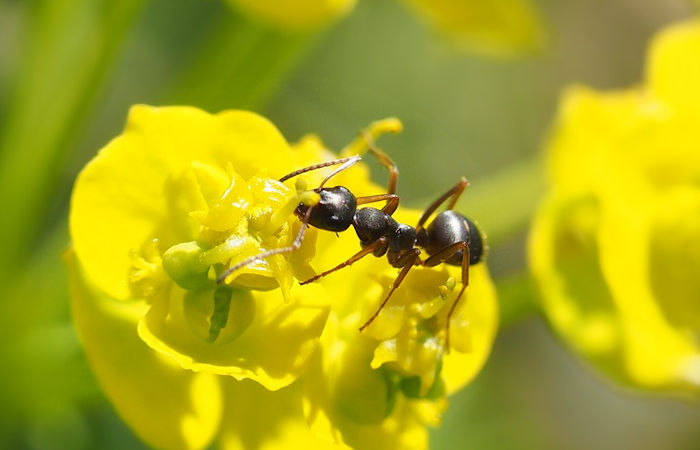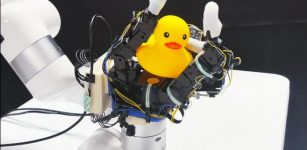Deciphering Behavior Algorithms Used By Ants And The Internet
Eddie Gonzales Jr. – MessageToEagle.com – Engineers sometimes turn to nature for inspiration. Cold Spring Harbor Laboratory Associate Professor Saket Navlakha and research scientist Jonathan Suen have found that adjustment algorithms—the same feedback control process by which the Internet optimizes data traffic—are used by several natural systems to sense and stabilize behavior, including ant colonies, cells, and neurons.
Credit: Pixabay – kie-ker – Public Domain
Internet engineers route data around the world in small packets, which are analogous to ants. As Navlakha explains, “The goal of this work was to bring together ideas from machine learning and Internet design and relate them to the way ant colonies forage.”
The same algorithm used by internet engineers is used by ants when they forage for food. At first, the colony may send out a single ant. When the ant returns, it provides information about how much food it got and how long it took to get it. The colony would then send out two ants. If they return with food, the colony may send out three, then four, five, and so on. But if ten ants are sent out and most do not return, then the colony does not decrease the number it sends to nine. Instead, it cuts the number by a large amount, a multiple (say half) of what it sent before: only five ants. In other words, the number of ants slowly adds up when the signals are positive, but is cut dramatically lower when the information is negative. Navlakha and Suen note that the system works even if individual ants get lost and parallels a particular type of “additive-increase/multiplicative-decrease algorithm” used on the internet.
Suen thinks ants might inspire new ways to protect computer systems against hackers or cyberattacks. Engineers could emulate how nature withstands a range of threats to health and viability. Suen explains, “Nature has been shown to be incredibly robust in a lot of aspects responding to changing environments. In cybersecurity [however] we find that a lot of our systems can be tampered with, can be easily broken, and are simply not robust. We wanted to look at nature, which survives across all sorts of natural disasters, evolutionary changes, human changes, and learn a lot from how nature changes its systems dynamically to survive.”
While Suen plans to apply nature’s algorithms to engineering programs, Navlakha would like to see if engineering solutions might offer alternative approaches to understanding gene regulation and immune feedback control. Navlakha hopes that “successful strategies in one realm could lead to improvements in the other.”
Written by Eddie Gonzales Jr. – MessageToEagle.com Staff











